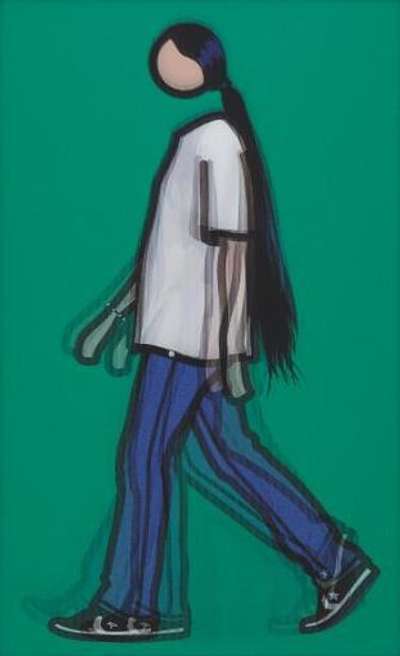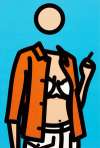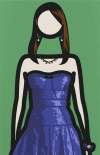Kris
Produced in 2011, Kris is a print series by British artist Julian Opie. The prints show a man from a flattened side-view—akin to a traffic light symbol—walking. The man is rendered in Opie’s distinct visual style, with the addition of faint, overlayed ‘frames’ that capture different points of his stride.
Julian Opie Kris For sale
Kris Value (5 Years)
Sales data across the Kris series by Julian Opie varies by print. While standout works have sold at auction for up to £15000, other editions in the series remain rare to market or have yet to appear publicly for sale. Of those tracked, average selling prices have ranged from £11106 to £15000, with an annual growth rate of 13.17% across available data. Collectors should note the discrepancy in performance between more visible and lesser-seen editions when considering value potential in this series.
Kris Market value
Auction Results
| Artwork | Auction Date | Auction House | Return to Seller | Hammer Price | Buyer Paid |
|---|---|---|---|---|---|
 Kris Walking Julian Opie Signed Print | 28 Nov 2019 | Dorotheum, Vienna | £8,500 | £10,000 | £14,000 |
Sell Your Art
with Us
with Us
Join Our Network of Collectors. Buy, Sell and Track Demand
Meaning & Analysis
Julian Opie has produced a number of works based on the model Kris in a variety of mediums, typical of the artists full-length figurative style and each piece showing the figure walking.
Throughout his career, Opie has made many images of people walking in the form of static prints, paintings, sculpture, and moving images. Using photographs taken by the artist, each print is then manipulated and reduced to a matter of simplified shapes and signs to represent a figure. Creating anonymous ‘passers-by’ with which to populate his world, Opie’s figures are not devoid of personality thus maintaining a sense of individuality within multiplicity.
Opie’s representations of Kris show the figure in a white t-shirt, blue trousers and long dark hair set against a flat green backdrop. Much like many of the artist’s walking figures, Kris is rendered anonymous through the use of a blank circle as a head that floats above his shoulders. These images are produced in Opie’s sign-like visual language that utilises bold line, block colour and simplified shapes that rapidly convey visual information with intensity.
The figure in Kris Walking from 2011 is defined by his long hair, clothing and stance, working in a way that reduces the figure to a ‘type’, prompting the viewer to think about how we relate to and resemble one another. The utilitarian quality that characterises Opie’s visual language, creating a system of signs that point to categories of people, Opie asks the viewer whether we are all reducible to predetermined ‘types.’
Of this, Opie has stated that, “I think the whole notion we carry of people as examples of types is very interesting… There are some key famous people who become these types and I want to extend that really so that everybody is a type if you draw them in the way that I do.”








